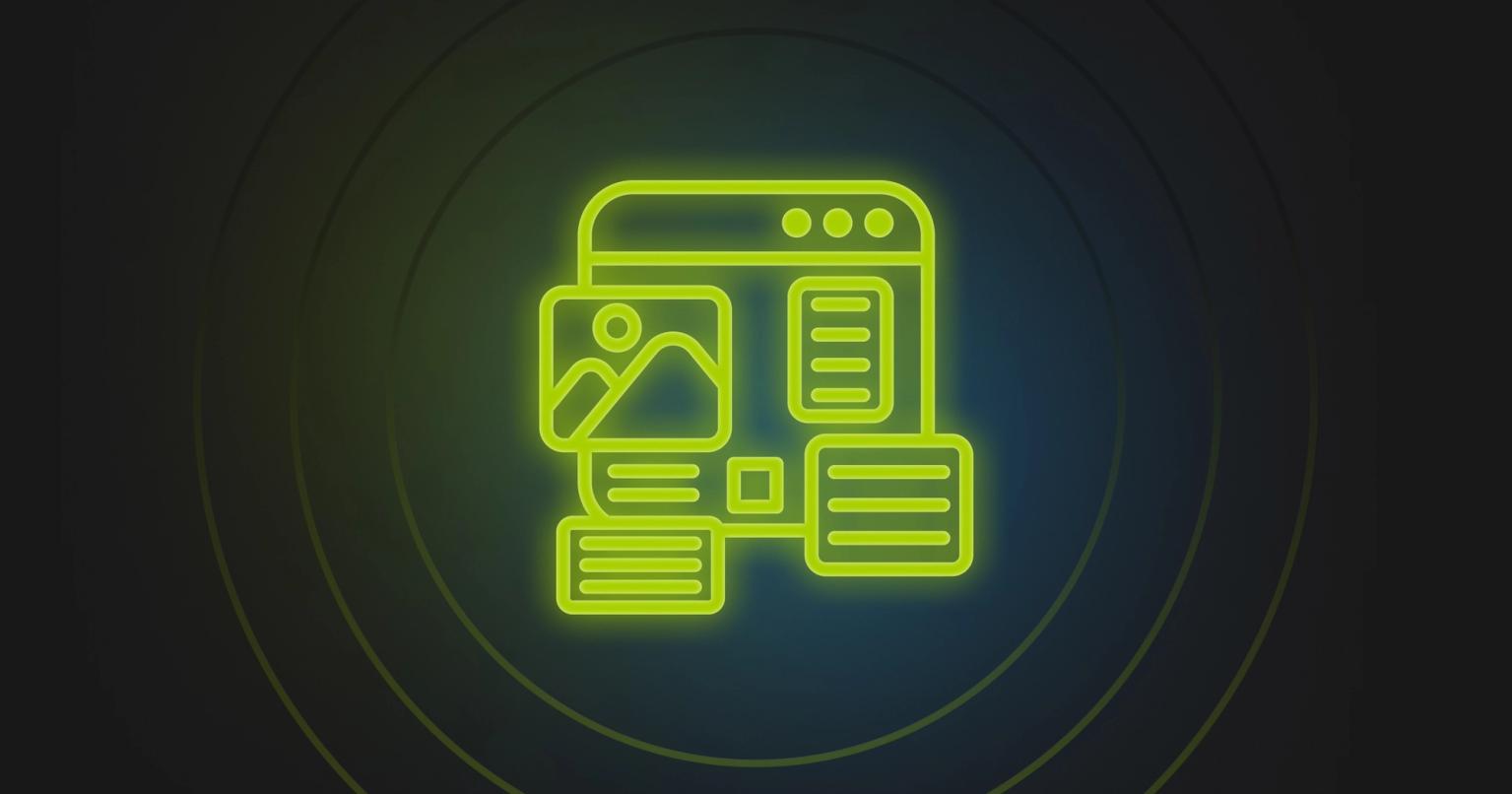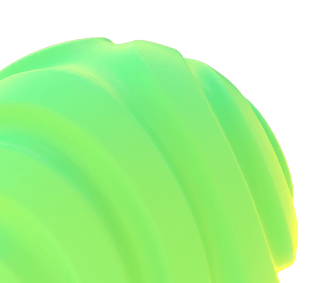How to Get Your Figma Email Designs to Look Perfect in Production

Summary
Discover tips to make Figma email designs look flawless in every inbox, from Gmail to Outlook and everything in between.
You've spent hours perfecting an email design in Figma. The typography is singing, the layout is flowing, and every pixel is pixelating beautifully. The band is playing in harmony, and it's so easy it feels like magic.
Then you send a test email, and your heart sinks. Text overlaps images. Buttons vanish. Your orchestrated masterpiece is a cacophony of design errors.
Sound familiar? You're not alone. But here's what most designers don't realize: with the right approach, your emails can look just as good in production as they do in Figma. The secret lies in designing within email's constraints from the very beginning.
Why email design is its own beast
Email design plays by different rules than web design. While Figma operates in today's web environment, email clients use rendering engines that are decades behind current standards. This technology gap creates translation problems that catch even seasoned designers off guard.
Think of it like this: designing for email is like creating art that needs to look perfect through dozens of different filters, each one unpredictable. Some filters strip colors, others rearrange elements, and a few add their own "improvements." Your job is to create something that survives all these transformations.
The rendering engine chaos
Every email client interprets code differently. Outlook uses Microsoft Word—yes, Word—as its rendering engine. This bizarre choice means many modern CSS properties simply don't work. Gmail strips out CSS it considers unsafe. Apple Mail has quirks around image sizing that can destroy carefully planned layouts.
The fragmentation multiplies across platforms. An email that looks flawless in Gmail's web interface might break in the Gmail mobile app. Corporate email clients add their own complications, often blocking images or stripping formatting entirely. Each platform becomes another potential failure point.
Tables: Your new best friend
Modern web design embraces flexbox and CSS grid. Email design? It's all about tables. This isn't a suggestion—it's survival. Tables provide the structural stability that even ancient email clients understand.
Why do tables persist when they've been obsolete in web design for years? Reliability. A flexbox layout might work in Apple Mail and Gmail, then fail spectacularly in Outlook. Tables render predictably everywhere. They're the common denominator every rendering engine speaks.
Working with tables requires shifting your mindset. Think in rows and cells, not flexible containers. Every element needs its defined place. Spacing becomes cell padding rather than modern CSS properties. It feels limiting at first—like painting with crayons instead of a full palette. But constraints breed creativity.
CSS: The stripped-down version
Email supports only a fraction of CSS properties. Forget about position, float, or fancy pseudo-selectors. Background images need special treatment and often fail completely. Even basic properties like margin behave unpredictably.
Media queries? Some clients support them, many don't. This means creating layouts that look good at any width without breakpoints—designs that work on a 320-pixel phone screen and a 1920-pixel desktop monitor without any code to help the transition.
Design strategies that actually work
Creating bulletproof emails starts with the right approach. These strategies balance creativity with technical requirements, letting you design compelling emails that survive the journey to any inbox.
Start with the magic number: 600 pixels
Design your emails at 600-640 pixels wide. This width ensures proper display across devices without horizontal scrolling. Most email clients display emails within preview panes rarely wider than 700 pixels. Factor in padding, and 600-640 pixels gives you maximum real estate without triggering scrolls.
Within this constraint, embrace simplicity. Single-column layouts offer maximum compatibility and scale naturally to mobile. Two-column layouts can work but require careful planning for mobile stacking—accept that they won't match sophisticated web layouts.
Use consistent spacing throughout. Working in multiples of 10 or 20 pixels creates visual rhythm and simplifies implementation. Apply this to everything: cell padding, section spacing, content margins.
Build your email LEGO set
Creating a library of email-tested components in Figma revolutionizes your workflow. This modular approach creates a shared language between designers and developers while ensuring every piece works across email clients.
Think LEGO blocks, not jigsaw pieces. Each component serves a specific purpose, works independently, and combines with others for endless variations:
Headers: Design variations for different needs—minimal for transactional emails, branded for marketing campaigns, seasonal for promotions. Include flexible logo placement and simple navigation options.
Hero sections: Create templates for multiple scenarios:
- Full-width images for visual impact
- Text overlays for promotions (test thoroughly)
- Split layouts balancing imagery with copy
- Video thumbnails linking to web-hosted content
Content blocks: Design flexible modules for products, articles, events, testimonials, and feature lists. Each should adapt to varying content lengths while maintaining consistency.
CTAs: Email buttons need bulletproof construction. Design primary, secondary, and ghost button styles. Keep touch targets at 44 pixels minimum height for mobile tapping.
Footers: Handle legal requirements gracefully—unsubscribe links, physical addresses, preference centers—while maintaining brand consistency.
Typography that survives the journey
System fonts are your safest bet. Arial, Georgia, and Times New Roman render reliably everywhere. Always provide complete font stacks: "Helvetica Neue, Helvetica, Arial, sans-serif" ensures graceful degradation.
Web fonts can enhance designs, but support varies wildly. Design with fallbacks in mind—your email should look professional when custom fonts fail.
Size matters in email. Set body text at 14 pixels minimum, preferably 16. People read emails everywhere—bright sunlight, dim offices, crowded trains. Larger text ensures your message gets through. Headlines need clear hierarchy without overwhelming mobile screens.
Line height is your secret weapon. Use 1.5 to 1.6 for body text to improve readability. For text color, try very dark grays (#333333) instead of pure black for softer contrast that's easier on the eyes.
Your email-ready Figma workflow
A structured workflow prevents headaches and speeds production. Set yourself up for success from the start.
Layer organization = Developer happiness
Name layers descriptively. "Rectangle 23" helps no one. "hero-headline" or "cta-primary" tells developers exactly what they're seeing.
Structure layers to mirror table layouts. Think horizontal sections, each becoming a table row. Within sections, consider how content divides into cells. Group related elements logically—a product showcase should have image, title, description, price, and CTA grouped together with clear naming.
Auto layout: Use it wisely
Auto layout can simulate email structures when used correctly. Create vertical auto layouts for your main container, letting sections stack naturally. Use specific pixel values for spacing—these translate directly to padding in code.
Design components that expand with content while maintaining consistent padding. This flexibility proves invaluable for templates with varying content lengths. Combine auto layout with your component library for responsive modules that maintain integrity regardless of content.
Dark mode: Design for both worlds
With dark mode adoption soaring, designing for both interfaces is non-negotiable. Don't create two versions—make smart choices that work in both contexts.
Use very dark grays (#111111) for text and off-whites (#FAFAFA) for backgrounds. Test your color palette in both modes. Colors that pop on white might disappear in dark mode. Consider transparent backgrounds for logos and icons, but test thoroughly—some clients handle transparency poorly.
Test before you ship
Testing separates emails that work from emails that fail. Build these checks into your process.
Visual validation
Check contrast ratios for every text element. Validate image dimensions and file sizes religiously. Large images trigger spam filters and slow loading.
Plan for worst-case scenarios: images disabled, fonts missing, CSS stripped. Your email must communicate effectively when everything goes wrong.
Test at multiple widths in Figma:
- 320px (small phones)
- 375px (standard phones)
- 768px (tablets)
- Full design width (desktop)
Watch for awkward text wrapping, tiny mobile images, or cramped layouts.
Stress test your components
Add more text than expected—marketing copy always runs long. Test with minimal content too. Both extremes should look intentional.
Hide all images to check fallbacks. Can users still find the CTA? Try different content combinations. That perfect single-product module—how does it handle five items?
Document everything
Clear documentation bridges design and code. Don't make developers guess.
Spacing: Document every gap in pixels—the 32-pixel space between sections, the 16-pixel padding inside content areas.
Colors: Provide hex values for every color. Note acceptable variations for limited-support clients.
Typography: Supply complete font stacks with sizes, line heights, and weights.
Images: Specify dimensions, resolution (1x or 2x), formats, and naming conventions.
Responsive behavior: Explain how columns stack, what hides or shows, and touch considerations.
The path forward
Success in email design isn't about limiting creativity—it's about channeling it effectively. Understanding constraints upfront and building proper workflows creates emails that look great everywhere.
Start small. Choose one project as your test case. Apply these principles, document what works, and build systematically. Address your biggest pain points first, then expand methodically.
Modern tools are making this easier daily. Teams have cut production time by 70% while improving quality. They're working smarter by understanding email's rules and designing within them from the start.
The future looks bright. New integrations bridge the design-to-production gap. AI-powered tools handle tedious translation work, freeing designers to focus on creativity while ensuring technical excellence.
Your Figma designs don't have to fall apart in production. With the right approach, they'll look perfect in every inbox—from the newest iPhone to that ancient Outlook version your CEO uses. The investment pays dividends in reduced development time, fewer revisions, and campaigns that truly represent your brand.
Start today. Pick one principle and implement it in your next email. Build from there. Soon you'll have a systematic approach that turns email design from a dreaded chore into a smooth, predictable process.
The Knak Figma integration tackles this exact problem for enterprise teams. Your designs sync directly from Figma into production-ready email code that already follows all these rules. No more manual rebuilds, no more broken layouts, just emails that work everywhere from the start.












